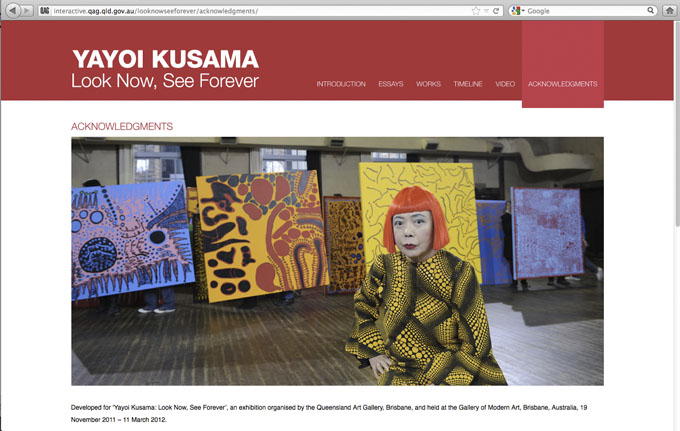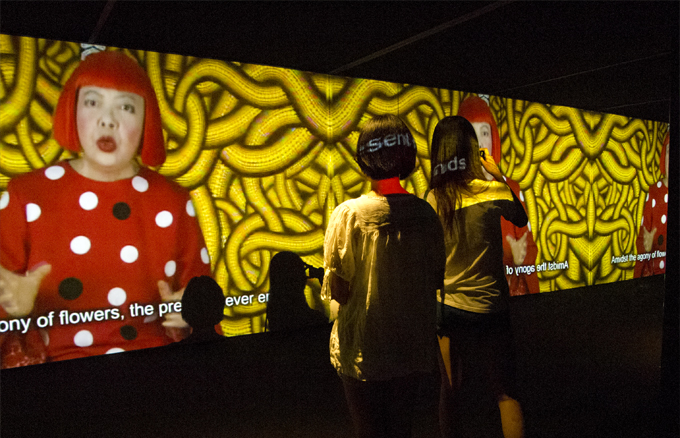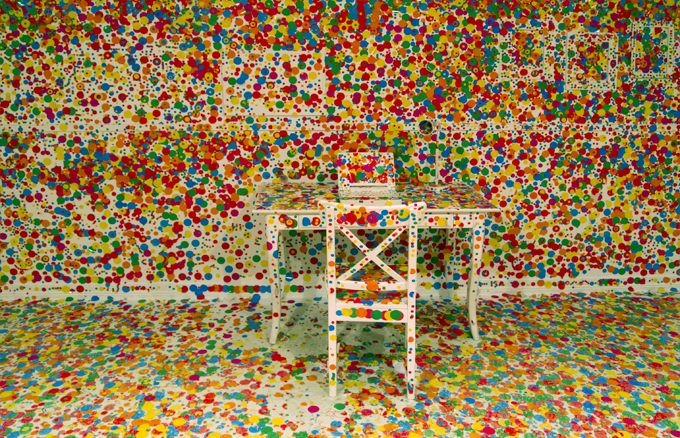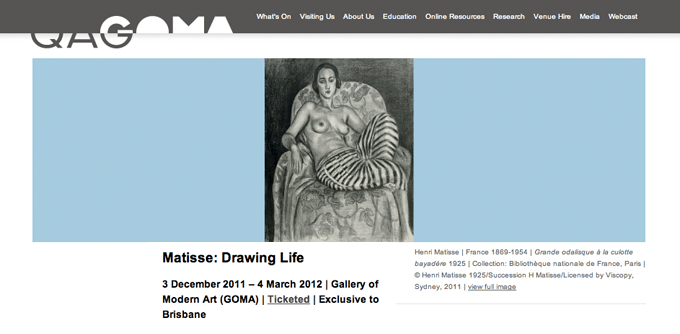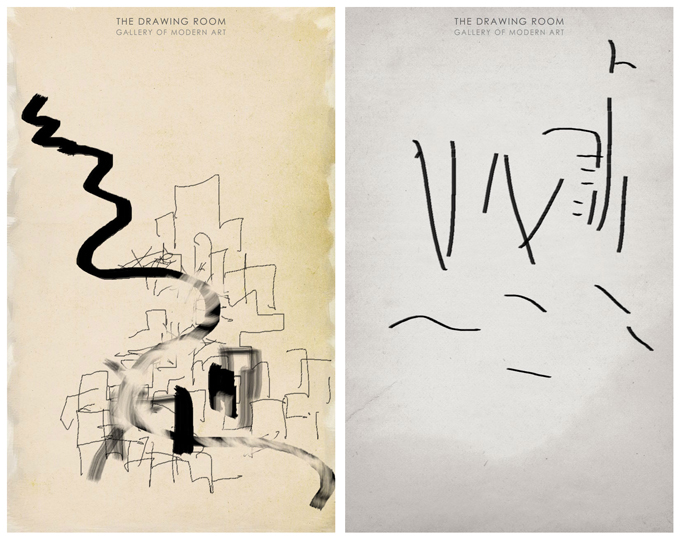Posts Tagged ‘GOMA’
IAN POOLE: AIPP On the Lounge
Ian Poole is well placed to have an opinion about fine art photography and collecting photographs. He has been a major player in professional photography in Brisbane for nearly 40 years and is a respected AIPP judge with yearly invitations to also judge the New Zealand Institute of Professional Photography awards. Despite his professional photography connection he has been a part of a sector of the Queensland photographic art scene that extends from the early 1980s with Imagery Gallery, later with the Photographer’s Gallery and more recently with the Queensland Centre for Photography. He has completed a Graduate Diploma in Visual Arts from the Queensland College of Art and has been awarded an Australia Council residency in Tokyo. Adding to this he has curated photographic exhibitions in Japan (of Queensland photographers) and exhibitions in Australia (of local and Japanese photographers).
So when Poole offers commentary on aspects of the photographic art world of Brisbane and Queensland it should be something of an opportunity to connect with his extensive knowledge of the genre. Recently as part of the AIPP ‘On the Lounge’ lecture series Ian Poole presented to an assembled audience of around 40 a dissertation entitled, ‘Have you ever wanted to collect photographic art, or be collected as a photographic artist?’
Ian Poole began his presentation by reviewing recent art auction records for photographic artworks including those by Adams, Sexton and Dupain. Thousands, hundreds of thousands and even millions will change hands for well-known and rare works. The recent phenomena of Nick Brandt’s African work,which had been shown only weeks earlier in Brisbane, attracted some discussion. Perhaps some in the audience felt a little inspired by the possibility that, if they could enter the fine art field, that there was recognition and the possibility for a significant income to be made.
Poole introduced his collection of images that were hung on the walls and laid out on tables before the audience and discussed their histories and stories. For him the concept of ‘provenance’ elevated the importance of each work. A small Dupain image of the interior of the National Gallery in Canberra made during its construction was linked to his encounter with the work in a Brisbane gallery where it was purchased for a few hundred dollars. His most exuberant discussion related to a Joachim Froese diptych acquired when he swapped it with Joachim for a 4×5 enlarger. An expanded provenance trail led to it being loaned back to Joachim so that it could be displayed a QUT exhibition of his work.
A long-term friendship with north Queensland photographer Glen O’Malley presented some interesting provenance stories. O’Malley is not fully recognised for the significance of his practice in Queensland – he could probably claim to have had the first ‘photographic art’ exhibition in this state in the mid 1970s. Poole presented to the audience an image from O’Malley made as part of the Queensland Art Gallery’s 1988 Journeys North commission. The 20×24” black and white photograph showed a scene in Poole’s home where the O’Malleys were having dinner. The image was part of the accepted images for the Journeys North show and was subsequently published. Somehow Poole’s own life had become art photography itself.
Another photography collaborator presented by Poole was John Elliott. Well known for his documentation of country and western music and its heroes and doyens including Slim Dusty, Chad Morgan and Jimmy Little, Elliott is an enigmatic character of the photography scene. Ian spoke of John’s most recent show Gifted Country at the Caboolture Regional Art Gallery and his photobook publishing ventures. A recent journey to Townsville that Poole had shared with another of Queensland’s enigmatic photographers, Maris Rusis, resulted in a body of work by Rusis that dealt with the décor of budget north Queensland motel rooms. These small and fine gelatin silver fibre B&W prints presented to the audience the fact that traditional values remain key to some workers who continue to practice analogue photography in a digital world.
Question time brought up some difficult truths – Why does the Queensland Art Gallery/GOMA not seem to be collecting photography generated within this state? Did they ever collect? Some discussion related to the archival needs for conservation framing and presentation.
As a conclusion to the presentation Poole spoke of the way in which he and his photography acquaintances swapped and shared their works, and how much of his collection was built around the generosity of fellow photographers and their desire to share. He held a bundle of his own gelatin silver images up before the audience and made an offer that ‘you can have one of my prints this evening – and send a print to me as a swap. Start your collection this evening …’
While Ian Poole began his presentation with a review of the overtly mercantile auction scene, it seemed that his passion about photography, photographs, friends, shared experiences and the meaningfulness of the provenance of the works, that these things could not be commodified. He spoke of his collection of photos, books and ephemera as being an entity that would be bequeathed to his daughter Nicola, also a photographer and present at the talk. Through the audience he directed to Nicola to ‘treasure and look after these things … they were important, valuable – not only as the stories they depicted through their image on the front-side of the print, but also of the back-story of their origin and collection.’
There is no doubt that Ian Poole’s passion for photography and his understanding of how it operates at a personal and cultural level is something that was shared and communicated on this evening. And those present will be inspired to develop a new appreciation of what photographs are and what they can say about the human condition.
Doug Spowart May 20, 2012
An unusual meeting – Face-to-Face with an early portrait of one’s self – circa 1982 found in Poole’s collection
ART GALLERY IMMERSION: GOMA VISIT Part 2 ~ YAYOI KUSAMA
We then entered the Kusama exhibition space. Words alone cannot convey the experience encountered—images and videos may help. And that’s they key to the immersive gallery visitor’s strategy, you are allowed to photograph! In fact everyone is blazing away with cameras imaging their encounter with the art and artist’s wacky view of the world. Somehow Kusama just doesn’t seem weird – she just seems in tune with knowing what the viewer wants!
ART GALLERY IMMERSION: GOMA VISIT Part 1 ~ DRAWING MATISSE
For some time I’ve been uncomfortable with the way that the concept of ART GALLERY has transformed from a place for the quiet experience of art and of seeking personal enlightenment, into one where visiting crowds seem hell-bent on seeking entertainment. Ultimately I gave in and developed an expectation that a gallery visit could be about an experience cram packed with gratuitous fun, and … a few personal epiphanic moments.
GOMA Director Tony Ellwood states that he would like audiences to the Yoyoi Kusama Look Now, See Forever exhibition to “immerse themselves in the artist’s unique and compelling world view”. To test Ellwood’s immersive suggestion Vicky and I recently visited the Kusama show and the more traditional historical survey show – Matisse: Drawing Life which is touted as being ‘the most comprehensive exhibition of Henri Matisse’s prints and drawings ever mounted.’
We took in the Drawing Life show first. Matisse drew everyday and one would, from the pervasive theme of the show, think he drew the female nude obsessively—or is it that he just obsessively drew. The transition to immersive experience happens on leaving the show as viewers are enticed to try their own hand at drawing. To stir the budding artists to action, they are supplied not just with pencil and paper, but also a Matisse-esque tableau of drawing fodder—fruit baskets for still life, mirrors for self-portraits and art-school plaster ‘nude’ sculptures to practice on the human form.
For the techno-inclined tablets were available loaded with a drawing program that enabled a drawing to be made with finger or stylus. Not necessarily following the subtlety of lead on textured paper but none-the-less an ‘experience’. We drew the Brisbane city skyline opposite GOMA. The experience was value-added by the opportunity for the ‘drawing’ to be emailed to friends. (We were to later discover that when viewed, the drawing grew on the screen accompanied by music.)
With the Matisse ‘experience’ behind us we entered the Kusama show ….. SEE THE NEXT POST





